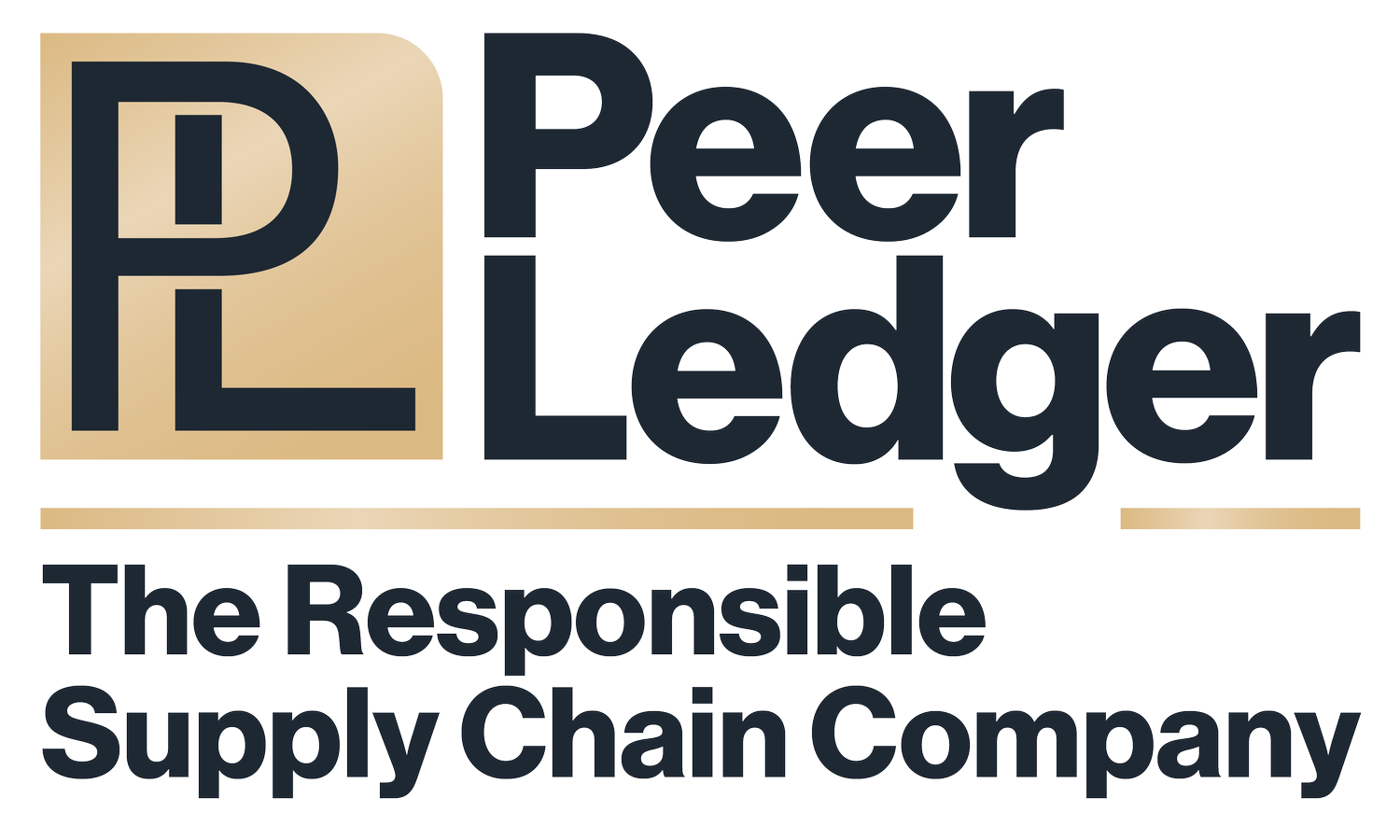Boat-to-Plate Traceability for Fish and Seafood Products
The Canadian Food Inspection Agency (CFIA) in conjunction with Agriculture and Agri-Food Canada, and Fisheries and Oceans Canada have published a discussion paper to inform approaches to the Government of Canada’s commitment for boat-to-plate traceability for fish and seafood products.
The goals of boat-to-plate traceability are to ensure food safety, protect customers, prevent seafood fraud and stop illegal, unreported and unregulated fishing. The proposed mandate also aims to maintain the competitiveness of Canada’s seafood industry in the international market.
Three key themes are highlighted in the discussion paper:
Consumer protection and food safety
Sustainability and fisheries management related to traceability and combatting illegal, unreported and unregulated fishing
Market access, trade, and marketing of Canadian fish and seafood
The 120-day consultation is open for discussion from August 13, 2021, to December 11, 2021.
The proposed mandate requires detailed tracing and documentation across seafood supply chains from fishing to labeling products for retail. Read more about the mandate at: https://inspection.canada.ca/about-cfia/transparency/consultations-and-engagement/boat-to-plate-traceability/discussion-paper/eng/1628696092128/1628696092409
Peer Ledger completed a proof of concept for the Canadian Food Inspection Agency for digital transmission of supply chain data to satisfy regulatory requirements and conduct preventative risk control.

